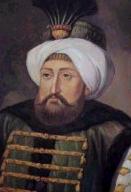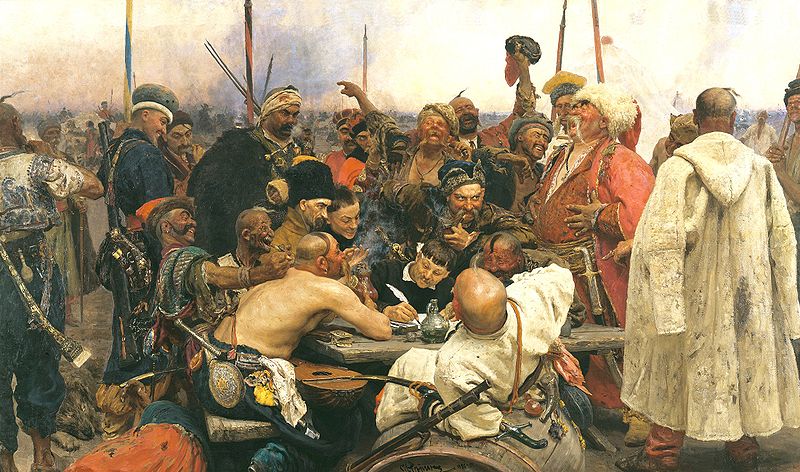<Back to Index>
- Astronomer Antonie Pannekoek, 1873
- Painter Slava Raškaj, 1877
- Sultan of the Ottoman Empire Mehmed IV, 1642
PAGE SPONSOR


Mehmed IV (Ottoman Turkish: محمد رابع Meḥmed-i rābi‘; also known as Avcı, "hunter"; January 2, 1642 – January 6, 1693) was the Sultan of the Ottoman Empire from 1648 to 1687. Taking the throne at age six, his reign was significant as he changed the nature of the Sultan's position forever by giving up most of his executive power to his Grand Vizier.
Born at Topkapı Palace, Constantinople, in 1642, he was the son of Sultan Ibrahim (1640 – 48) by Valide Sultan Turhan Hatice, a Ruthenian (Ukrainian) concubine, and the grandson of Kösem Sultan of Greek origin. Soon after his birth, his father and mother quarreled, and Ibrahim was so enraged that he tore Mehmed from his mother's arms and flung the infant into a cistern. Fortunately, Mehmed was rescued by the harem servants. His father's actions resulted in Mehmed cutting his head, which left him with a lifelong scar.
Mehmed ascended to the throne in 1648 at the age of only six. His ascension marked the end of a very volatile time for the Ottoman Dynasty; there had been a Mustafa I deposed twice and two Sultans killed, including Mehmed’s father and predecessor, Ibrahim I.
An incident during Mehmed IV's reign is remembered mainly in Ukraine and Russia. The Zaporozhian Cossacks defeated Ottoman forces in the field and refused the Sultan's demand to submit, answering him with a letter full of insults and profanities. This response is commemorated in the famous late 19th century painting Reply of the Zaporozhian Cossacks by the Russian painter Ilya Repin.
In 1658 Mehmed IV received and patiently listened to the English Quaker preacher Mary Fisher, who believed she was sent by God to speak to him. The meeting is known mainly from Fisher's own very favorable account rather than from Ottoman sources, so that it is not known precisely what the Sultan made of her message (which was relayed to him in translation). His personal views aside, his tolerance stands in strong contrast to the cruel persecution Fisher and other Quakers suffered in their native England.
After his deposition by the combined forces of Yeğen Osman and the janissaries in 1687, Mehmed was imprisoned in Topkapı Palace. However, he was permitted to leave the Palace from time to time, as he died in Edirne Palace in 1693. He was buried in Turhan Hadice Sultan's tomb, near his mother's mosque in Constantinople. Just before he died in 1691, a plot was discovered in which the senior clerics of the empire planned to reinstate Mehmed on the throne in response to the ill health of his successor, Suleiman II.
Sultan Mehmed IV was known as Avcı, "the hunter", as this outdoor exercise took up much of his time.
His reign is notable for a brief revival of Ottoman fortunes led by the infamous Grand Vizier, Mehmed Köprülü and his son Fazıl Ahmet. They regained the Aegean islands from Venice and fought successful campaigns against Transylvania (1664) and Poland (1670 – 1674). At one point, when Mehmed IV allied himself with Petro Doroshenko, Ottoman rule was close to extending into Podolia and Ukraine.
A later vizier, Kara Mustafa was less able. Supporting the 1683 Hungarian uprising of Imre Thököly against Austrian rule, Kara Mustafa marched a vast army through Hungary and besieged Vienna at the Battle of Vienna. On the Kahlenberg Heights, the Ottomans suffered a catastrophic rout by Polish forces famously led by their King, John III Sobieski (1674 – 96), and his Holy League allies, notably the Imperial army.
His favourite harem girl was Emetullah Rabia Gülnûş Sultan, who was a slave girl taken prisoner at Rethymnon (Turkish Resmo) in the island of Crete. Their two sons, Mustafa II and Ahmed III, became Ottoman Sultans during (1695 – 1703) and (1703 – 1730) respectively.